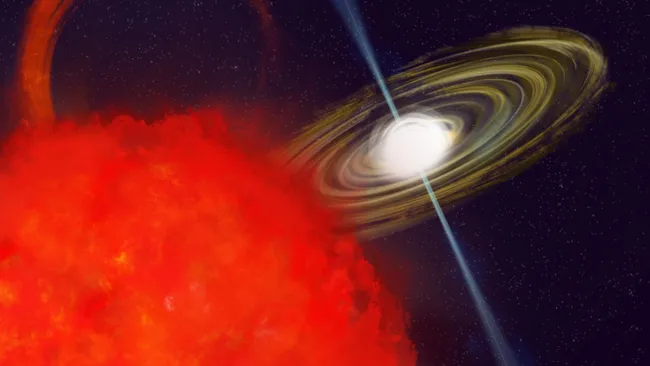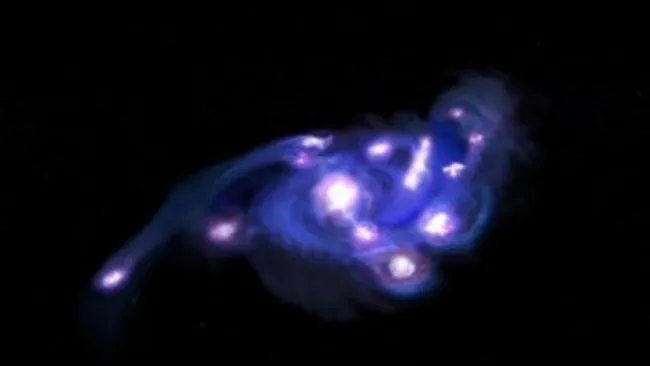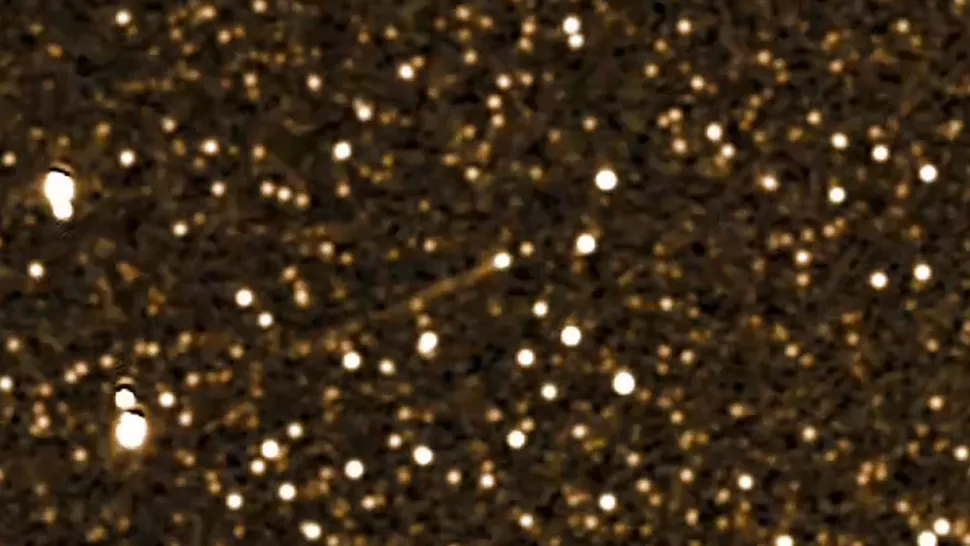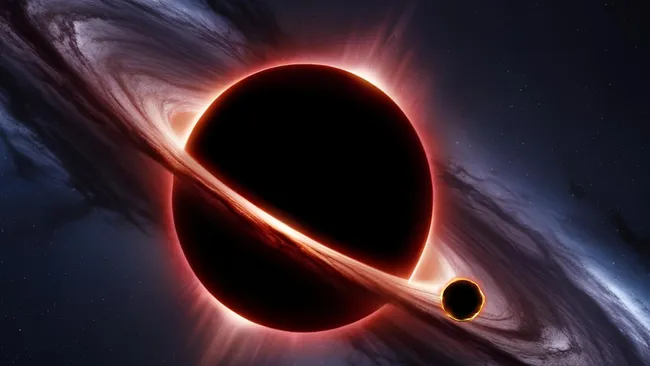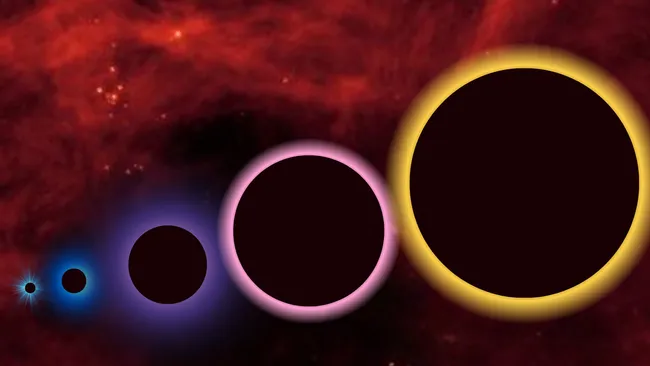Astronomers have stumbled upon a celestial anomaly so strange they’re calling it a cosmic unicorn. The object, named CHIME J1634+44, appears to be a spinning dead star—but one that speeds up rather than slows down, defying the basic laws of physics.
Discovered using some of the world’s most powerful radio telescopes, including CHIME, the Green Bank Telescope, and the Very Large Array, CHIME J1634+44 emits eerily precise radio bursts with a highly polarized, corkscrew-like wave pattern—something never seen before from neutron stars or white dwarfs.
CHIME J1634+44 belongs to a new class of mysterious objects known as Long Period Radio Transients (LPTs). Unlike typical pulsars that flash in milliseconds, this object’s radio pulses occur every 14 minutes and also follow a secondary period of 70 minutes. What’s more baffling is its unique behavior: the object is spinning faster over time, contrary to how dead stars normally evolve.
“This is the brightest and most polarized LPT ever discovered,” said lead researcher Fengqiu Adam Dong from the Green Bank Observatory. “We might be looking at a binary system—something is likely orbiting this star and feeding its acceleration.”
One theory suggests that CHIME J1634+44 is in a tight orbital dance with a second object—possibly another stellar remnant or a brown dwarf. As they spiral closer together, gravitational waves strip angular momentum and tighten their orbit, causing the spin-up effect.
But the real showstopper? Its 100% circularly polarized radio emissions, twisting in perfect spirals through space. This rare phenomenon suggests a brand-new mechanism of wave generation never seen in either neutron stars or white dwarfs.
While Dong’s team leans toward it being a neutron star, a second group of astronomers at ASTRON suspects it may be a white dwarf. Regardless of its identity, both teams agree: we’ve never seen anything like this.
“The time between pulse pairs shows a strange rhythm,” added ASTRON’s Harish Vedantham. “It’s like the system is choreographed. Continued observation could unlock how this object actually works.”
With its strange pulses, accelerating spin, and unmatched polarization, CHIME J1634+44 could reshape what scientists understand about stellar death and radio emission. The findings, published July 17 in Astronomy & Astrophysics, point toward the beginning of a new chapter in deep space observation.
One thing is clear: in the vastness of the cosmos, the universe still holds secrets we barely understand—and this spinning “unicorn” might just be the start.

